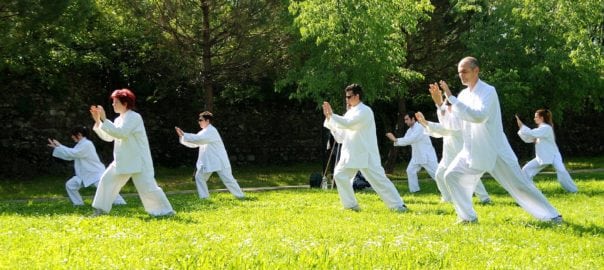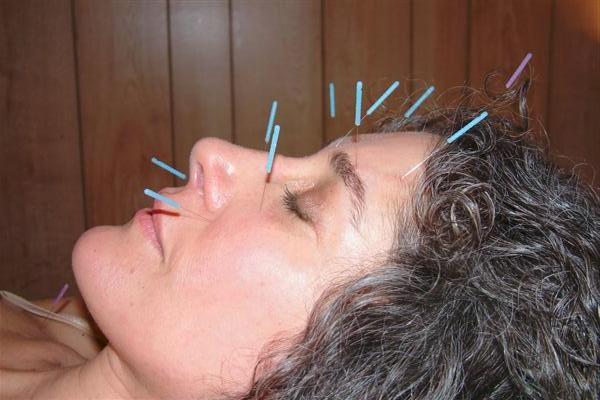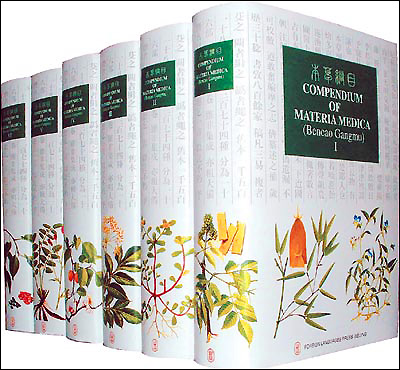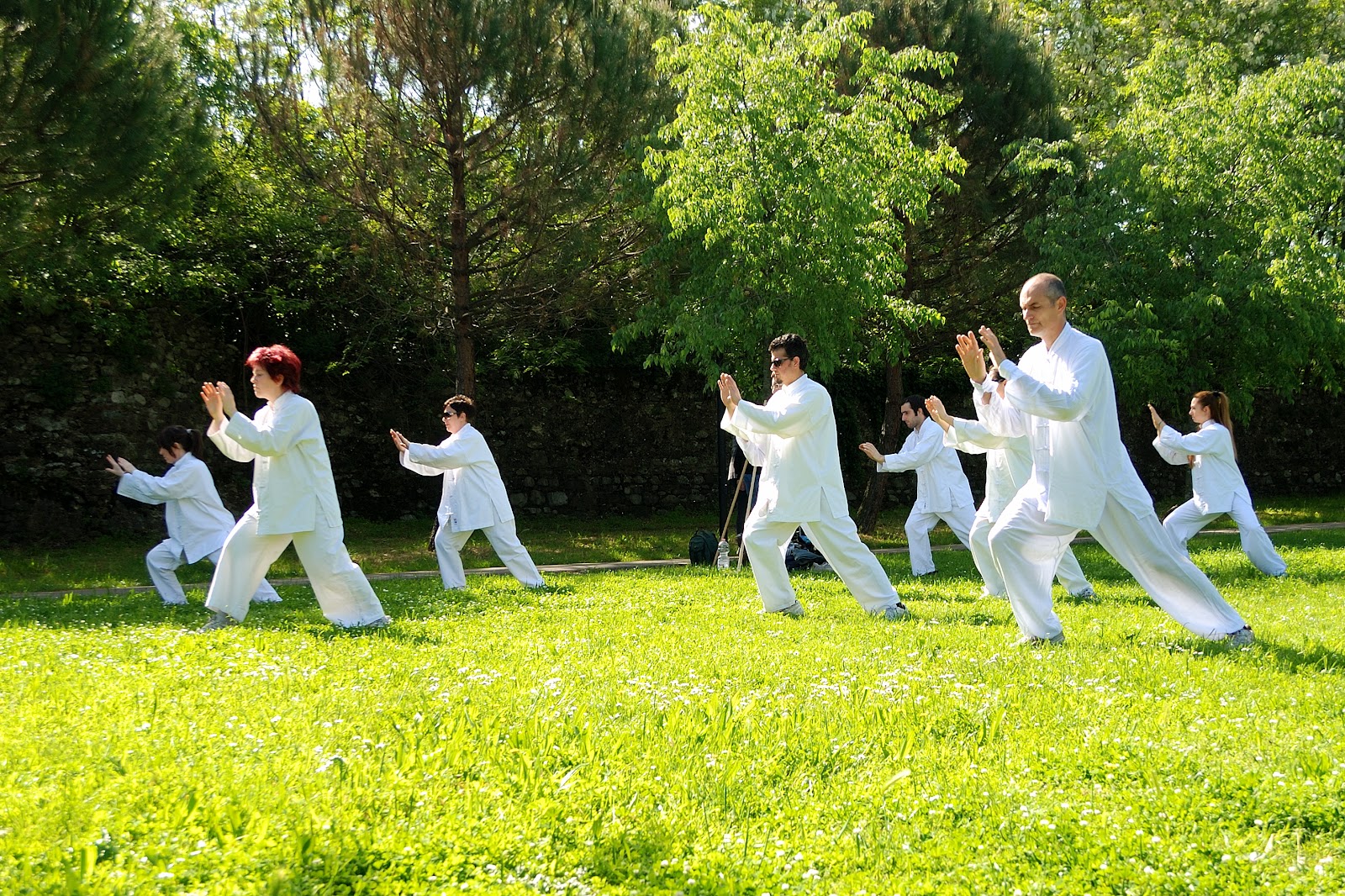Straight, No Chaser recently reviewed the healthcare revolution in Indonesia: the effort to place over 250 million citizens within a universal healthcare plan. While in the midst of that process, one thought I had involved how the process played out in countries with even larger populations, such as China, caring for a population of over a billion.
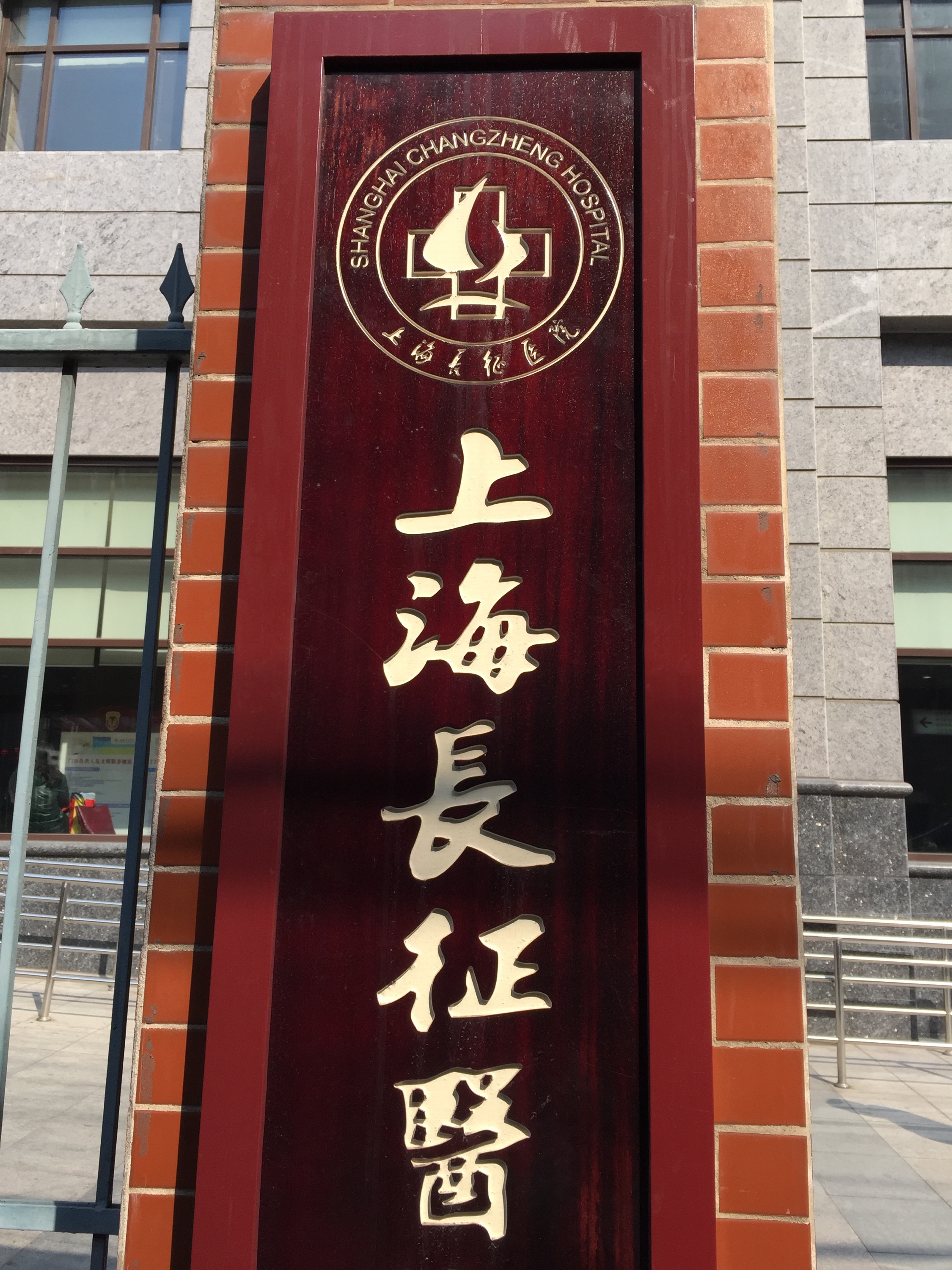
Instead of a predominant focus on external factors (e.g. medicines and surgeries) to correct our illnesses, it can be said that TCM focuses on releasing our body’s proven abilities to fight disease (that’s “Westernspeak;” it may be better described as resynchonizing our harmony within the universe).
Applications of TCM seen in the US include acupuncture, herbal medicine and tai chi. Let’s review these three best known components of TCM.
- Acupuncture. Straight, No Chaser has previously reviewed acupuncture; feel free to review the post for more details. The basis of acupuncture is stimulation of the body (most often with thin metal needles) in a way that releases energy, endogenous hormones and otherwise stimulates the body’s ability to heal itself.
- Chinese herbal medicine. There are thousands of medicines described in the Chinese complement to the US Physician’s Desk Reference, called the Chinese Materia Medica. The Materia Medica discusses use of plants, minerals and animal products in combination and by themselves in ways to heal. You’ll easily identify this concept by reflecting on how use of herbal teas and rehydration drinks have penetrated Western culture.
- Tai chi. Tai chi uses body movements approximating dance and meditation to produce sharpening of the mind, relaxation and enhanced breathing.
You may neither have thought nor currently care to think about the different directions health care takes between Eastern and Western medicine. It is overly simplistic but not inaccurate to say that Eastern medicine focuses on internal health and Western medicine uses external considerations as a crutch. It is accurate to note the greater tendencies in the West to over- and inappropriately use antibiotics (much of this is consumer and market driven) and to also reflect on the consequences of a healthcare system in the US whose reimbursement policies are more strongly tied to medical and surgical procedures than health prevention and longterm patient outcomes.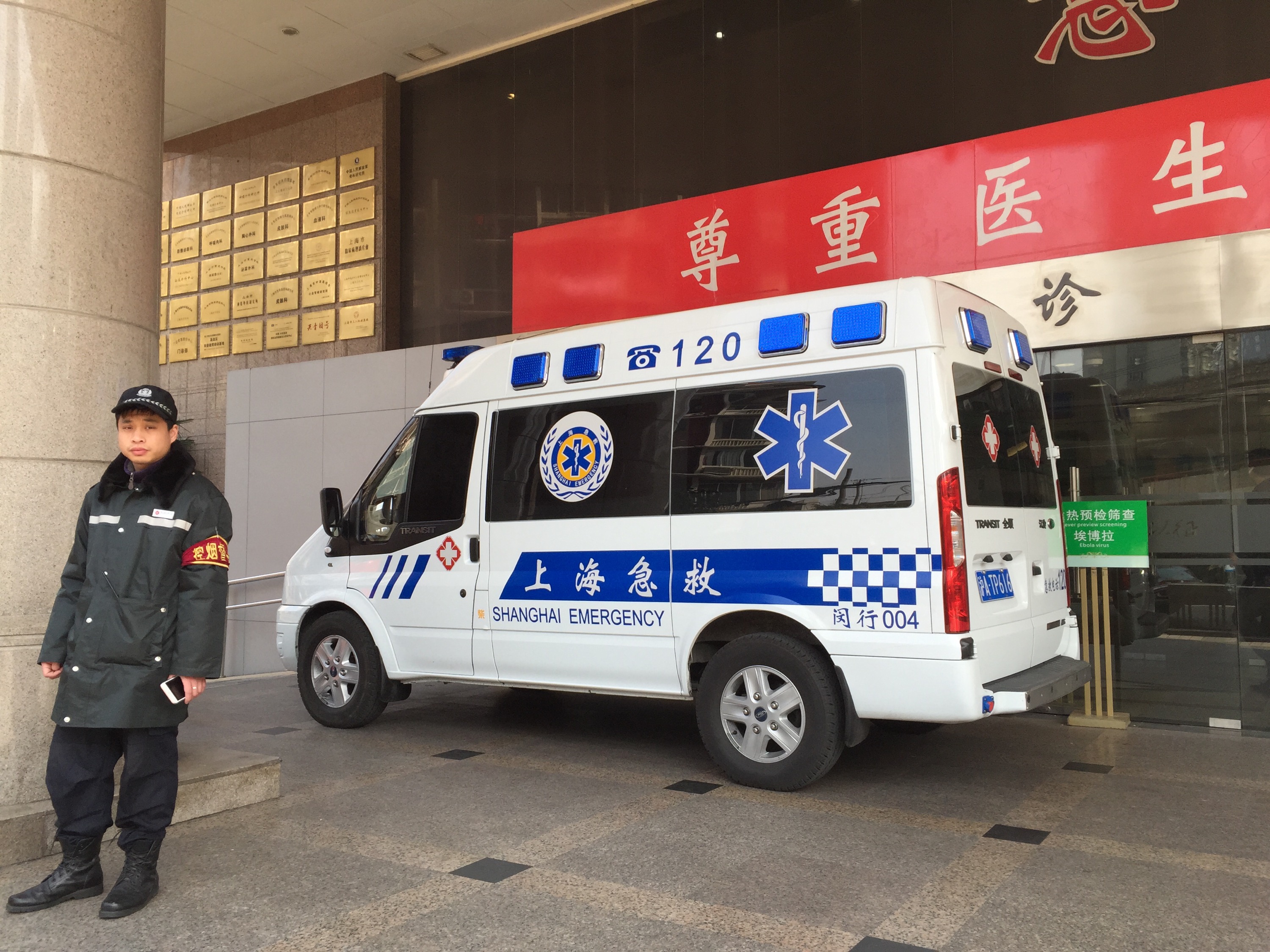
According to 2012 life expectancy data from the World Health Organization (WHO), the US ranks #36 in the world with a life expectancy of 79.8 years. China ranks #65, with a life expectancy of 76 years. In case you were wondering, Japan is #1 with a life expectancy of 84.6 years, featuring both similar and distinctive features from TCM. Sierra Leone is last in the world with a life expectancy of just 38 years.
Clearly a system thousands of years old doesn’t need (or care) to ask for validation regarding its safety or efficacy, although it is fair to say many components of TCM are only recently being exposed to the scientific method used in the West to objectively quantify the effectiveness of treatment. It is important to note these general safety and efficacy considerations on the three forms of TCM noted:
- It you receive acupuncture, it is very important to check that the needles are sterile and not laced with any contaminants or unanticipated drugs.
- If you use any herbal medicines (Chinese or not), be aware that the quality control considerations of regular medicines aren’t the same, meaning exact dosing can’t be known when you’re using herbs and plants. There are potential consequences for this lack of knowledge consistent with the active medicines found in this herbals, such as drug overdoses, drug-drug interactions and other side effects.
- If you use Tai chi, you will still need to compliment its use with other considerations. Tai chi has never been purported to be a standalone in the midst of a motor vehicle crash resulting in broken bones or a punctured organ.
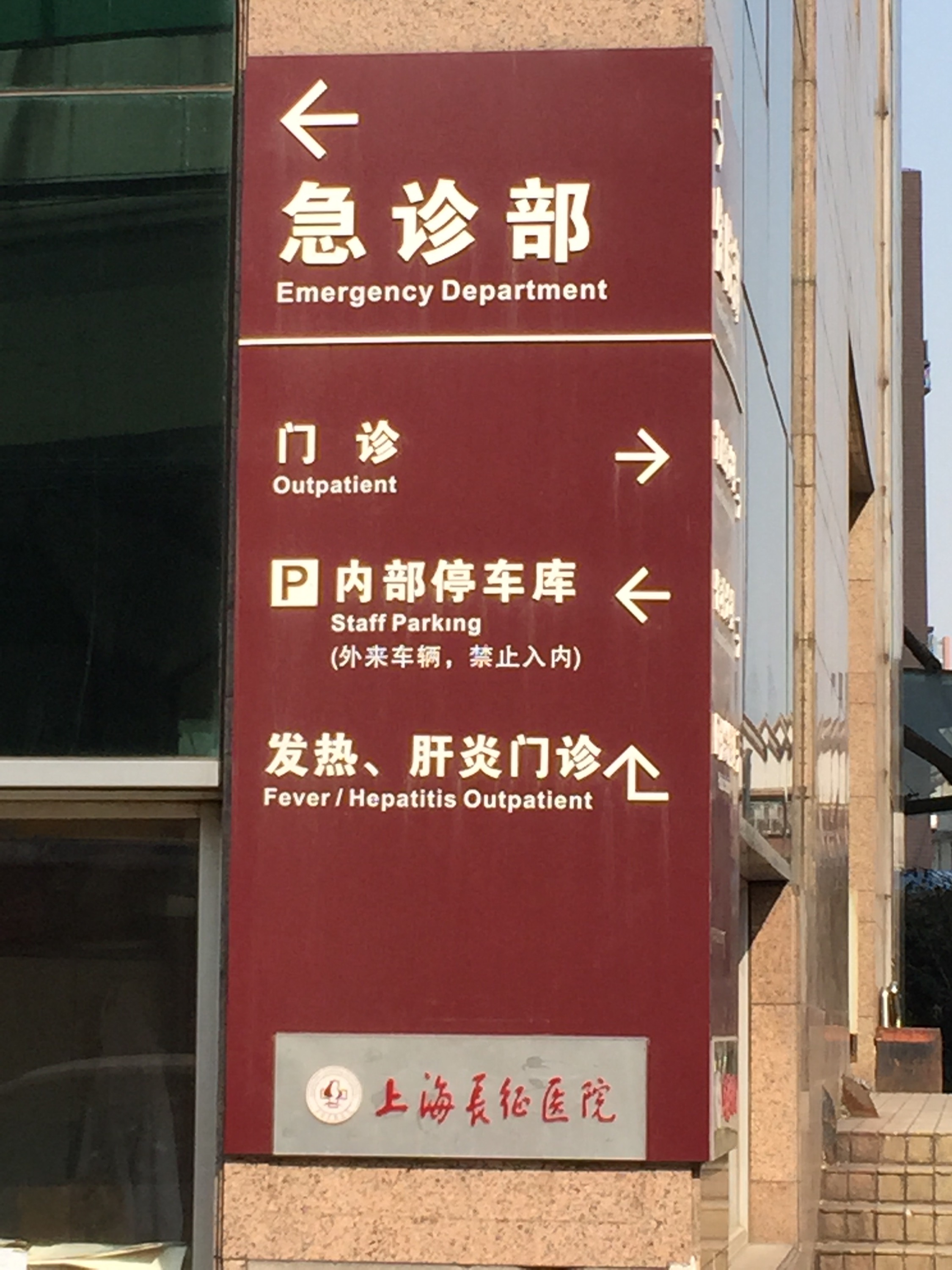 The reality of both Eastern and Western medicine is there has been migration one toward the other in ways to complement each system’s prevailing practices. As an example, it is estimated that in the U.S., over 3 million individuals undergo acupuncture each year, and approximately 2.5 million practice tai chi. In this example, knowledge provides options. What you learn may help you.
The reality of both Eastern and Western medicine is there has been migration one toward the other in ways to complement each system’s prevailing practices. As an example, it is estimated that in the U.S., over 3 million individuals undergo acupuncture each year, and approximately 2.5 million practice tai chi. In this example, knowledge provides options. What you learn may help you.
A future Straight, No Chaser will explore the nature and set up of the Chinese health care system from a public health standpoint.
Thanks for liking and following Straight, No Chaser! This public service provides a sample of what 844-SMA-TALK and http://www.SterlingMedicalAdvice.com (SMA) offers. Please share our page with your friends on WordPress. We are also on Facebook at SterlingMedicalAdvice.com and Twitter at @asksterlingmd.

